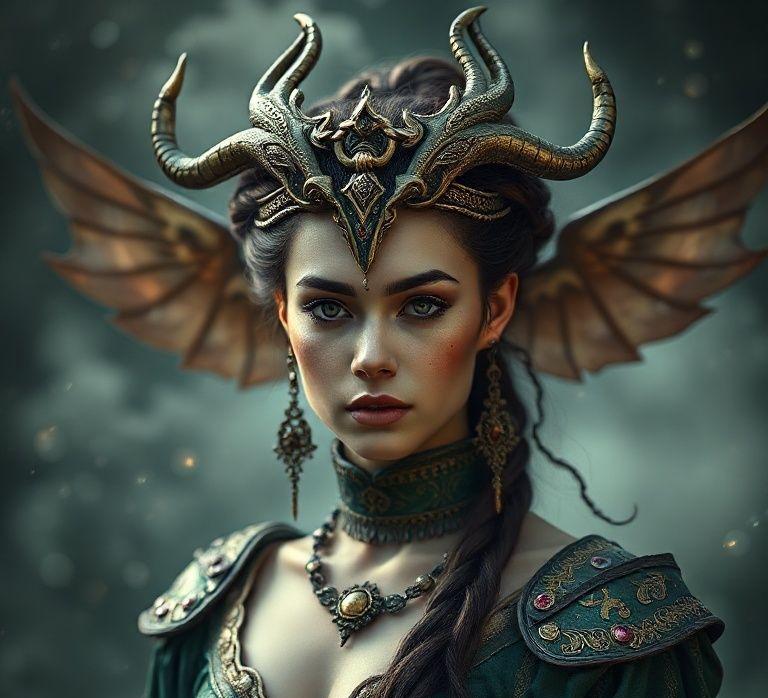
Mythology has always been a rich source of inspiration, and now, it’s making its way into the NFT space. While historically, many mythologies have been dominated by male figures, a growing number of NFT projects are highlighting powerful and fascinating female characters. This article will explore the diverse representations of female figures in mythology-themed NFT collections and why this increased visibility is so important.
The Rise of Goddesses and Heroines in the NFT World
For centuries, goddesses, nymphs, and heroines have captivated our imaginations through stories passed down through generations. Now, NFT artists and creators are breathing new life into these figures, presenting them in visually stunning and often innovative ways. From Athena, the Greek goddess of wisdom and warfare, to Freya, the Norse goddess of love and beauty, these collections are not simply replicating existing depictions. Instead, they are offering fresh interpretations that often emphasize the strength, independence, and multifaceted nature of these characters. For example, some collections focus on lesser-known aspects of these goddesses, revealing tales of their resilience and strategic prowess. Furthermore, they are re-imagining how these characters can exist, thrive and impact the world.
Beyond Representation: Empowering Female Artists and Collectors
The inclusion of female figures in mythology NFTs goes beyond simple representation. It also contributes to the empowerment of female artists and collectors in the NFT space, a domain that has historically been male-dominated. Many of these collections are created by female artists, offering them a platform to showcase their talent and perspectives. By depicting powerful and inspiring female characters, these artists are challenging traditional narratives and creating role models for a new generation of collectors. This increased visibility attracts a more diverse audience to the NFT community, creating a more inclusive and equitable ecosystem. Through representation comes the potential to diversify ownership, democratize digital art, and celebrate diverse perspectives.
Spotlight on Diverse Mythologies: Beyond the Greco-Roman
While Greek and Roman mythology often take center stage, many NFT collections are venturing into lesser-known mythologies from around the world. This includes exploring deities and spirits from African, Asian, and Indigenous cultures, further enriching the diversity of the NFT landscape. For example, collections might feature Yemaya, the Yoruba goddess of the ocean, or Amaterasu, the Japanese sun goddess. By showcasing these diverse narratives, creators are not only expanding our understanding of different cultures but also providing representation for communities that have often been marginalized. This exploration of diverse mythologies creates an opportunity to educate NFT enthusiasts on global storytelling and contribute to a more nuanced and inclusive understanding of human culture. These digital artworks preserve and promote lesser-known myths that would otherwise be neglected in the modern world.
The Future of Female Figures in Mythology NFTs
The trend of highlighting female figures in mythology NFTs is likely to continue growing. As the NFT space evolves, we can expect to see even more innovative and diverse representations of goddesses, heroines, and mythical creatures. This not only promotes diversity and inclusion within the NFT community, but also encourages a deeper appreciation for the rich tapestry of world mythology. By supporting these collections, we can empower female artists, expand our cultural horizons, and contribute to a more equitable and representative digital future. These digital artworks have the potential to educate and inspire a new generation, and they contribute to a more diverse and inclusive future for the NFT community.




No Comments